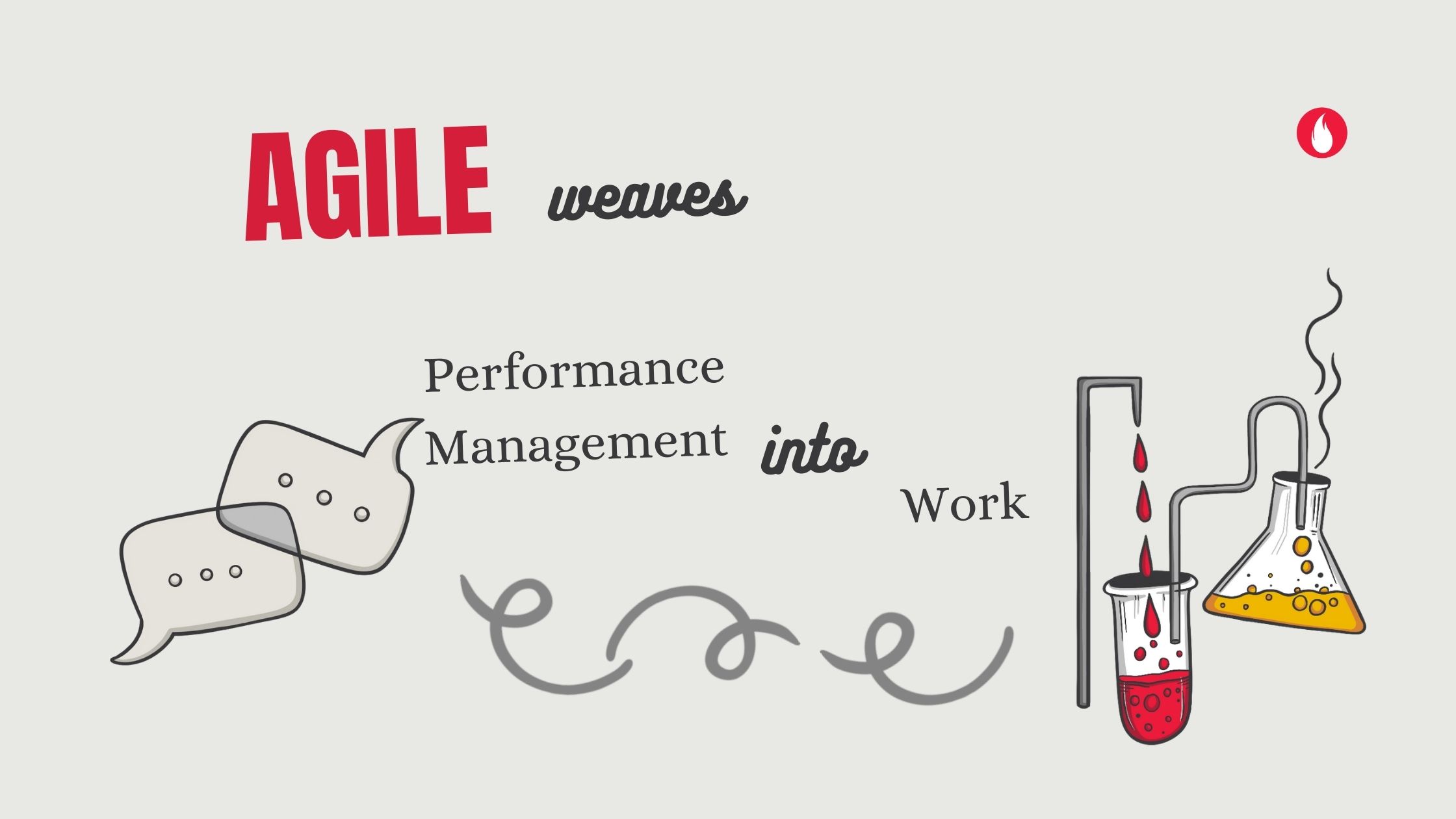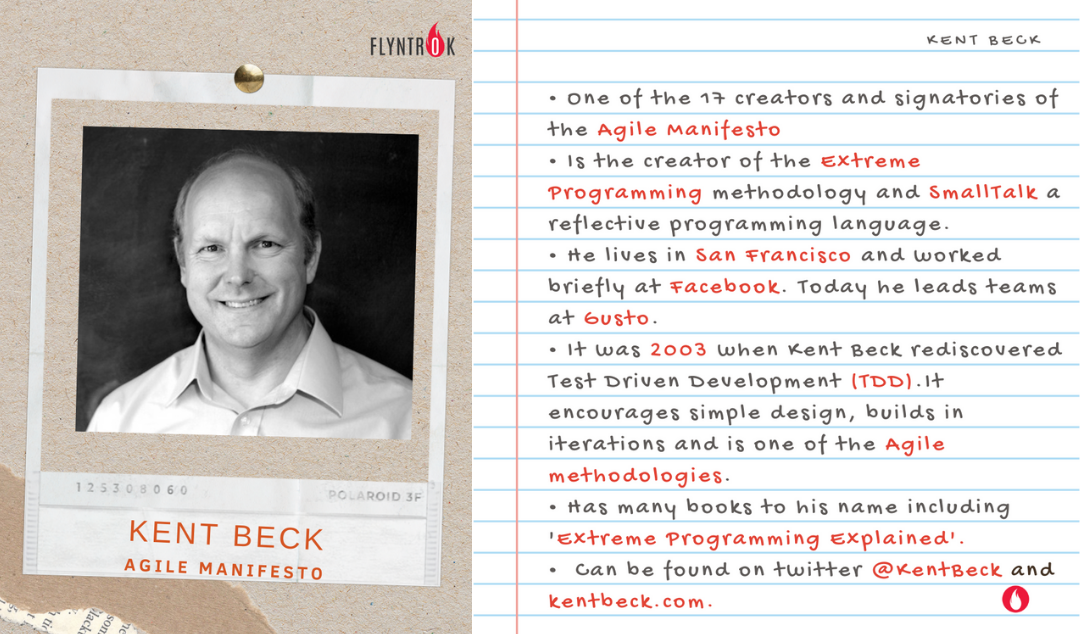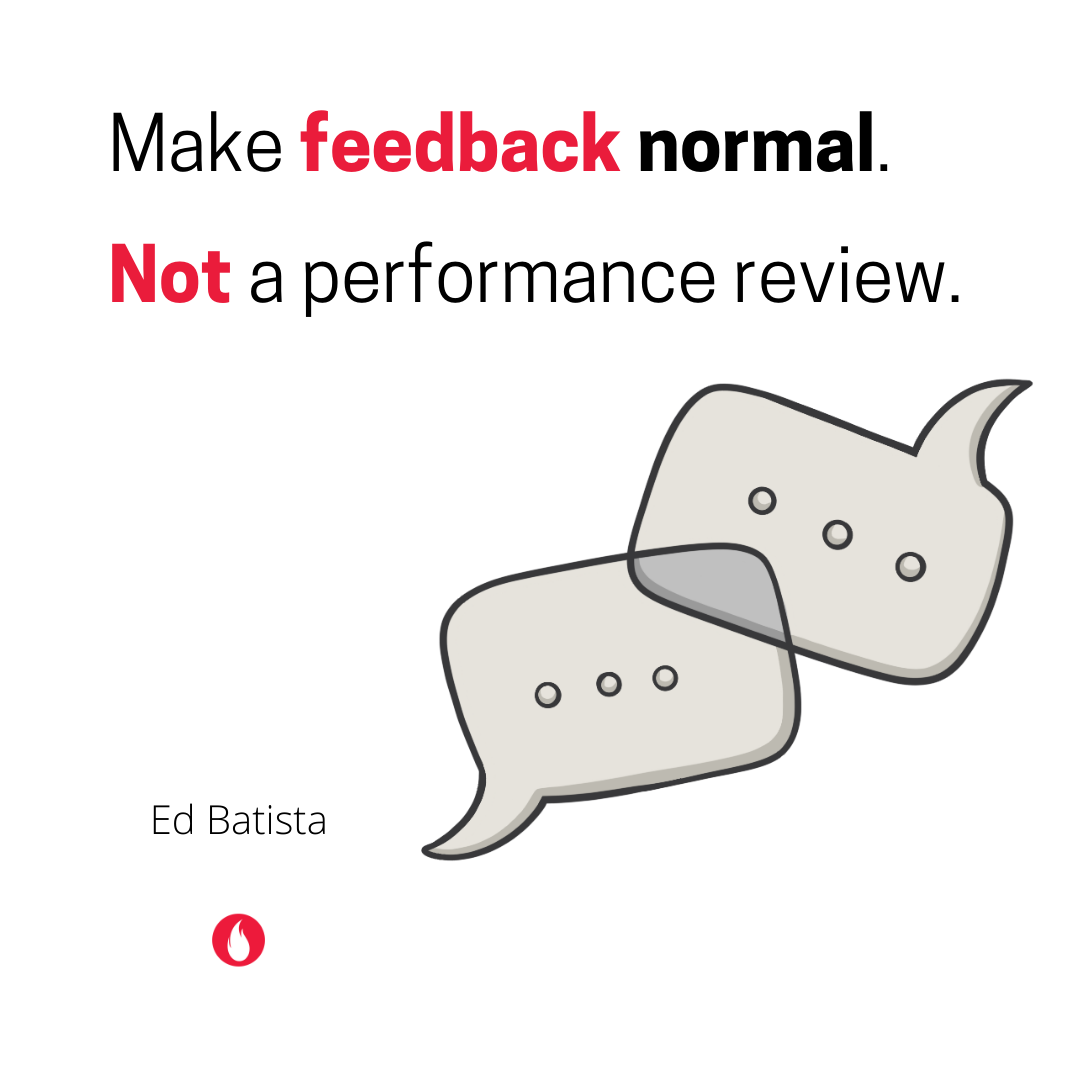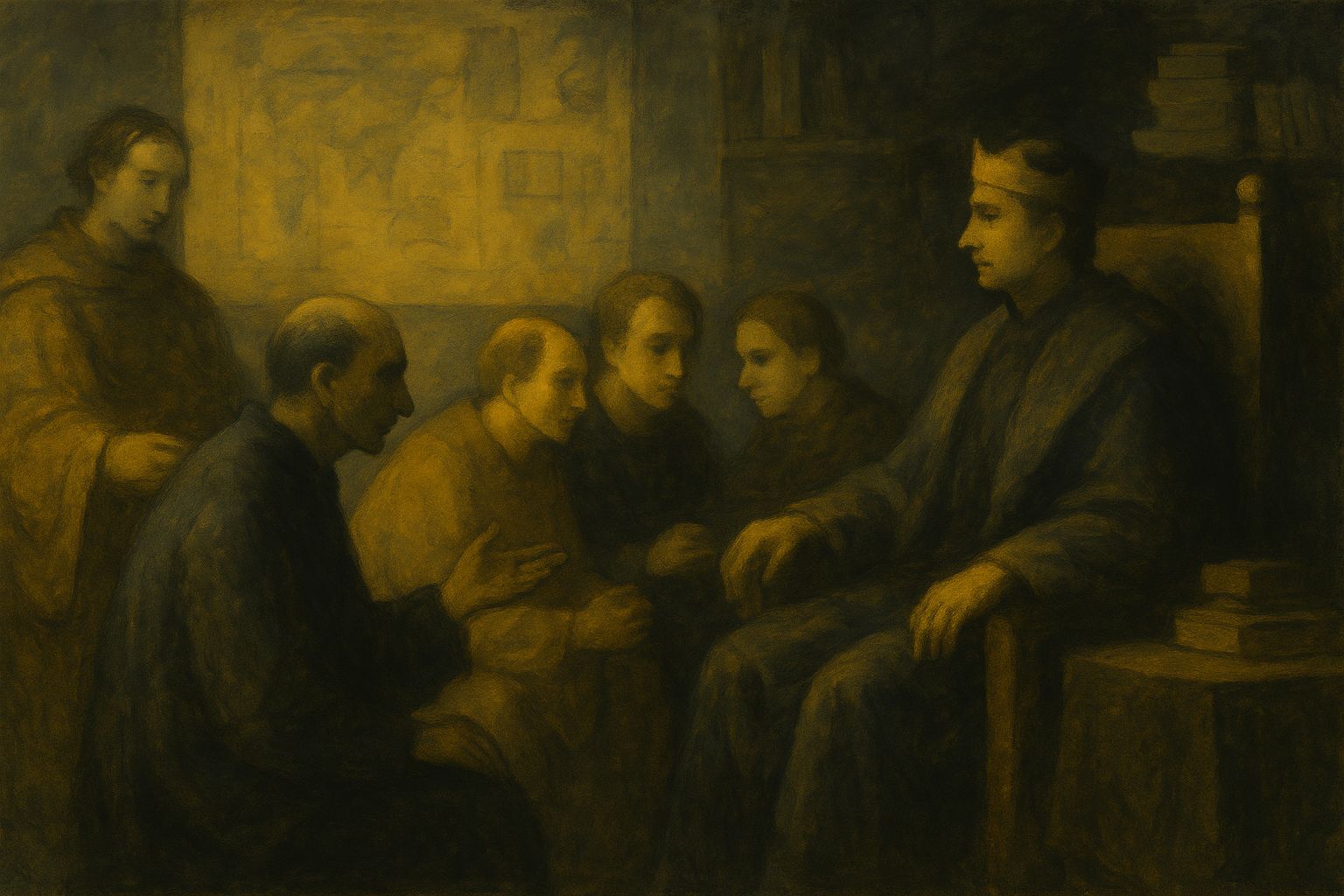
Feedback and performance appraisals are possibly the most dreaded words in organisations. The complaints against performance appraisals are many. Appraisals are post-mortems, infrequent, demoralising and more. Another critical complaint against performance appraisals, is that it is a stand-alone activity, separated from work. No amount of making appraisals more frequent (rather than annual) has taken away this feeling among employees. Could Agile thinking and practices have the key to making feedback an integral part of work? Let’s explore more in this edition of the Agile OWL.
Performance Management challenges
210 hours is the amount of time spent by each manager on the annual appraisal process, as per a Deloitte study. That is almost one month of work for a manager! Now with organisations moving towards half-yearly & quarterly feedback, that effort/ work multiplies! Many organisations have introduced optional continuous feedback. But have found limited acceptance within the firm.

Here is an experience of appraisals (common in most organisations we are told):
- The HR and leadership teams announce the start and dates for annual performance appraisals.
- Employees are first given a chance to self-evaluate against the goals set at the start of the period.
- The employee looks at the goals and realises they are no longer relevant – his project and assignment had changed in the period. He was working on a new project for the last 4+ months and had not changed his goals. Now he doesn’t know what to do. Between dread of the appraisals, not having relevant goals and limited bandwidth, he delays his self-evaluation.
- All this while the HR teams are sending reminder emails, calls and urging completion. HR is frustrated by the lack of progress being made on performance evaluation.
- Finally, when the self-evaluation does reach the manager, he has no goals to compare against. They discuss the most recent and notable achievements and both manager and employee get back to work.
Lessons from performance appraisals
This story has many nuances on performance management that stare at you. Here are a few:
- Performance appraisals did not directly impact the work of the employee or the manager or the team in the last few months. Its absence did not make any immediate material impact to work.
- Manager and the employee had to step away from work to have this performance conversation. It wasn’t a normal conversation emerging from the needs at work.
- Priorities shift all the time at work. New opportunities or crisis emerge often and teams adapt to it. Employees adjust their sails, take on new winds and move forward enabled with their work planning tools. Performance appraisals unfortunately do not feature in this schema.
- The performance feedback conversation (unless it is real time) is almost always too late and may even seem forced. Even with a constructive lens the appraisal conversation seems like a post-mortem and less helpful.
The other big gap in performance management becomes apparent when you overlay it on the real world of work. Today we all work in teams. Our interdependencies are far greater and our individual performance is a function of the immediate and extended team.
.
Reviewing performance only from an individual lens misses a huge swathe of important factors. At best it gives a limited perspective to everyone involved. In fact, by not anchoring appraisal conversations on team goals and outcomes, we weaken the team and collaboration.
Recent research has also shown that ‘teams’ are the basic element for organisations to achieve their goals. So how can we place teams and work at the center of performance appraisals? Agile has clues for us. Let’s explore.
Agile weaves performance management into work
Weaving in performance appraisals into the flow of work means: the appraisal conversations must happen as a natural consequence of work. Performance appraisal conversations in its simplest non-convoluted form is a reflection opportunity. An opportunity to take stock, gather energy and experiment towards goals. Agile places great importance on reflection as indicated by its key principle and has created practices and rituals to ensure reflection in the flow of work.
The Agile principle states that ” At regular intervals, the team reflects on how to become more effective, then tunes and adjusts its behaviour accordingly“. One of the ways this principle is applied is through a practice or ritual called ‘retrospectives‘.
- Retrospectives are an opportunity for the team to take stock together periodically. It happens at the end of every sprint (typically between 2 – 4 weeks).
- This helps them understand where the team is vis a vis the intended outcomes. Team members approach this stock taking from a place of psychological safety and blameless mindset.
- It also provides direction for each individual to understand their own contributions better. Individual team members through collective conversation understand what the team did well and what it needs to do better next time. This helps them decipher their individual strengths, contributions and areas to work on.
Benefits of feedback in the flow of work and as a team
Retrospectives ensure feedback in the flow of work, both as a team and individuals. This ensures few things
- The team discusses their performance collectively and voluntarily.
- The individual performance is then discussed within the context of the team and not in isolation. Individual development and performance are a sub-set of the team’s performance and needs.
- This is an ongoing conversation which helps the team take stock and deliver better in the next sprint. So, they use the feedback generated to correct immediate and ongoing performance. This ensures feedback is relevant, timely and useful.
Agile principles and practices help in many other aspects of performance management too. Like goal setting, team goals, individual development. Let’s explore each of these in our next editions of the Agile OWL.
Apart from one story which captures the human centric change in the world of Agile, the Agile OWL brings to you every fortnight, the latest reads, books, personalities, and quote from the world of Agile and its methodologies. Stuff that caught our attention. This is edition 39 and we carry seven useful links for you. Tell us what you thought of them.

From social media:
Process on my mind today. Here are two selections for you to consider:
- While process is a super-power, there is such a thing loosing track of the original outcome! Here is a good piece by Cate on comparing low process and high process culture. More importantly crafting what works for us in the process.
- We all know which meeting could have been an email. But there are some emails that are better off as documents. This post offers a few pointers and clues to it.
From the Agile world:

From the bookshelf:
- Making work visible is our recommendation from the bookshelf this week. While it is based on Kanban, it will find application in many walks of your life. My key takeaway has been on visualize your work, all parts of your work, to help move them forward. What was yours?
From the tool box:
- How do we define a market for a product or a feature? Here is a tool to consider for market definition.
#AgileQuotes to sign off:

Note : This post is Edition 39 of the Agile OWL from the OWL umbrella. The Agile OWL is a newsletter focused on the human experiences and stories within agile transformations. Sign up to receive the newsletter here







